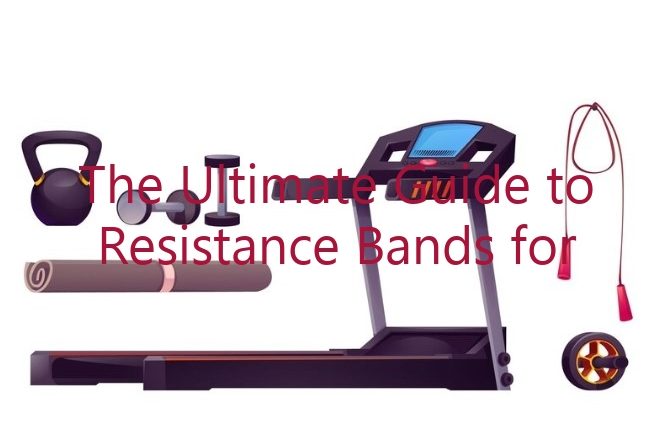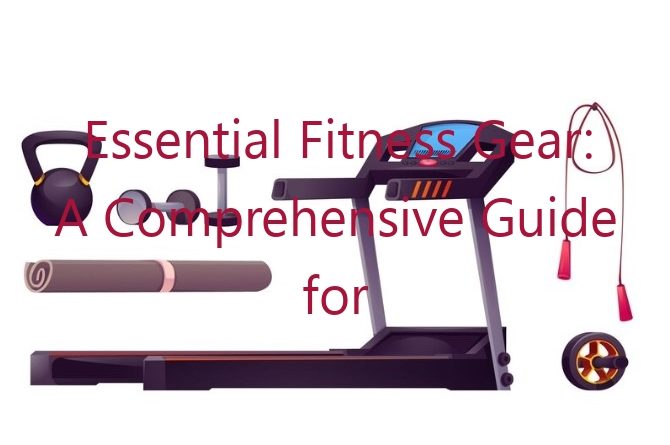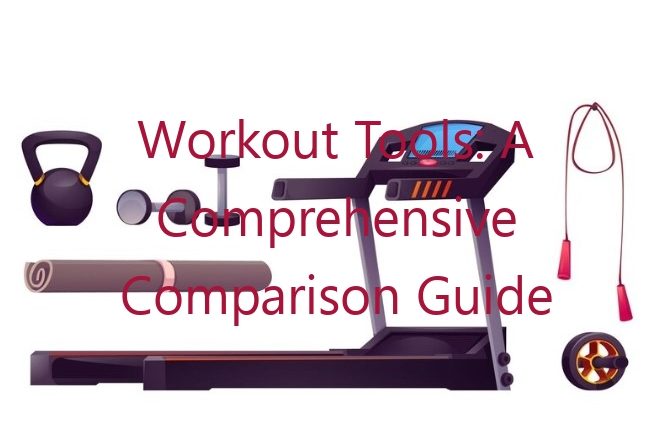
Introduction:
Sponsored Ads
The fitness landscape has witnessed a surge in the popularity of resistance bands, and for good reason. These versatile pieces of equipment offer a myriad of benefits, making them an indispensable tool for both fitness enthusiasts and those seeking convenient home workouts. In this comprehensive guide, we delve into the world of resistance bands, exploring their strengths, weaknesses, and efficacy in various fitness pursuits.
Resistance bands, unlike traditional weights, provide constant tension throughout the range of motion, engaging muscles more effectively than weights. This unique characteristic makes them ideal for building strength, enhancing flexibility, and improving muscular endurance. Moreover, their portability and affordability make them accessible to a wide range of users, including travelers, home exercisers, and rehabilitation patients.
As with any fitness equipment, resistance bands have their limitations. The lack of fixed resistance can make it challenging to accurately measure progress and overload muscles progressively. Additionally, the bands can snap unexpectedly during use, posing potential safety hazards. Proper technique and regular inspection are crucial to mitigate these risks.
Types of Resistance Bands:
Loop Bands:
Loop bands form a continuous loop, offering varying resistance levels based on their thickness and diameter. They are commonly used for bodyweight exercises and assisted pull-ups.
Flat Bands:
Flat bands, also known as exercise bands, consist of a wide, flat strip of elastic material. Their versatility allows for both bodyweight and weighted exercises.
Tube Bands:
Tube bands comprise a long, hollow tube with handles at either end. They provide a greater range of motion and are suitable for a variety of exercises.
Power Bands:
Power bands are the heaviest and most resistant type of band. They are primarily used for powerlifting and other strength-based exercises.
Benefits of Resistance Bands:
Enhanced Muscle Activation:
Resistance bands create constant tension throughout the entire exercise, leading to greater muscle activation and engagement. This is especially beneficial for building strength and muscular endurance.
Improved Flexibility:
The dynamic nature of resistance bands encourages a wider range of motion, promoting flexibility and mobility in the joints and muscles.
Versatile and Adjustable:
Resistance bands offer a wide range of resistance levels, making them suitable for individuals of all fitness levels and goals. They can be easily adjusted to accommodate different exercises and progressions.
Portability and Convenience:
Unlike bulky gym equipment, resistance bands are extremely portable and lightweight. This makes them ideal for home workouts, travel, and on-the-go fitness sessions.
Affordable and Accessible:
Resistance bands are relatively inexpensive compared to other fitness equipment, making them accessible to a wider range of users.
Drawbacks of Resistance Bands:
Lack of Fixed Resistance:
Resistance bands do not provide a fixed resistance like weights, making it difficult to measure progress and overload muscles effectively.
Potential for Snapping:
Resistance bands can snap unexpectedly, posing potential safety hazards. Regular inspection and proper technique are crucial to prevent injuries.
Limited Resistance for Advanced Users:
While resistance bands offer a wide range of resistance levels, they may not provide sufficient challenge for advanced users seeking to lift heavy weights.
Comparison Table of Resistance Bands:
| Type | Description | Pros | Cons |
|---|---|---|---|
| Loop Bands | Continuous loop of varying resistance | Compact, portable, suitable for bodyweight exercises | Limited range of motion, lower resistance |
| Flat Bands | Wide, flat strip of elastic material | Versatile, adjustable, affordable | Less portable than loop bands, potential for rolling |
| Tube Bands | Long, hollow tube with handles | Greater range of motion, ideal for compound exercises | Bulkier than other types, higher risk of tangling |
| Power Bands | Heavy and resistant bands | Suitable for powerlifting and strength training | Limited range of motion, requires advanced technique |
Frequently Asked Questions (FAQs):
1. Which type of resistance band is best for beginners?
Loop bands and flat bands are ideal for beginners due to their ease of use and lower resistance levels.
2. How often should I use resistance bands?
Resistance bands can be incorporated into workouts 2-3 times per week, allowing for adequate rest and recovery.
3. Can resistance bands help with weight loss?
Resistance bands can contribute to weight loss by increasing muscle mass and boosting metabolism.
4. Are resistance bands safe for pregnant women?
Resistance bands are generally safe for pregnant women; however, it is recommended to consult with a healthcare professional before using them.
5. How do I choose the right resistance band?
Consider your fitness level, goals, and exercises when selecting a resistance band. Start with a lighter band and gradually increase resistance as you progress.
6. How do I maintain resistance bands?
Inspect bands regularly for wear and tear. Store them in a cool, dry place away from direct sunlight.
7. Can resistance bands replace weights?
Resistance bands and weights serve different purposes. Bands provide constant tension while weights offer incremental resistance. Both can be effective for different fitness goals.
8. Are resistance bands durable?
Resistance bands are generally durable, but their lifespan depends on usage and maintenance. Properly cared for bands can last several years.
9. Can I use resistance bands for rehabilitation?
Resistance bands are often used in rehabilitation to improve range of motion, strengthen muscles, and support recovery.
10. What exercises can I do with resistance bands?
Resistance bands can be used for a wide range of exercises, including squats, lunges, bicep curls, and rows.
11. How do I progress with resistance bands?
As you grow stronger, gradually increase band resistance or incorporate more challenging exercises to continue challenging your muscles.
12. Can I combine resistance bands with other equipment?
Yes, resistance bands can be used in conjunction with weights, machines, or bodyweight exercises to create a more comprehensive workout.
13. How do I store resistance bands?
Store resistance bands in a cool, dry place away from direct sunlight. Avoid folding or crushing the bands to prevent damage.
Conclusion:
Resistance bands are a valuable addition to any fitness routine, offering a versatile and effective way to improve strength, flexibility, and endurance. Their portability and accessibility make them an ideal choice for home workouts, travel, and rehabilitation. While resistance bands have their limitations, with proper usage and maintenance, they can provide a long-lasting and effective fitness tool.
As you embark on your fitness journey, consider incorporating resistance bands into your workouts. With dedication and consistency, these versatile tools can empower you to achieve your fitness goals and unlock your full potential.
Disclaimer:
The information provided in this article is for general guidance and informational purposes only. It is not intended as medical advice and should not be relied upon as a substitute for professional consultation with a qualified healthcare provider. Always seek the advice of a qualified healthcare provider for any questions you may have regarding your health or fitness.





